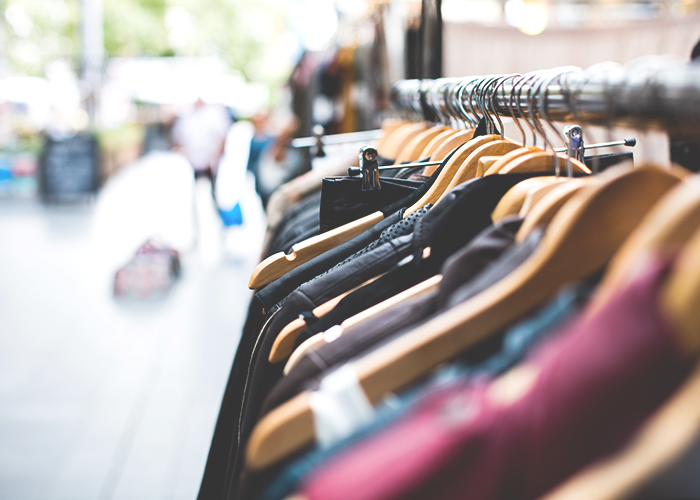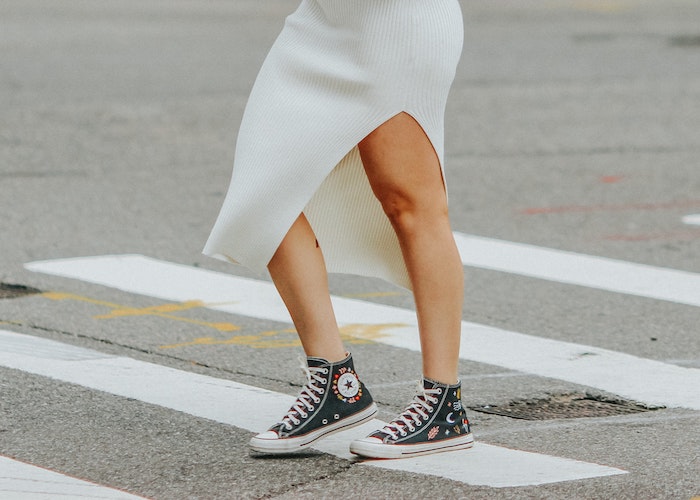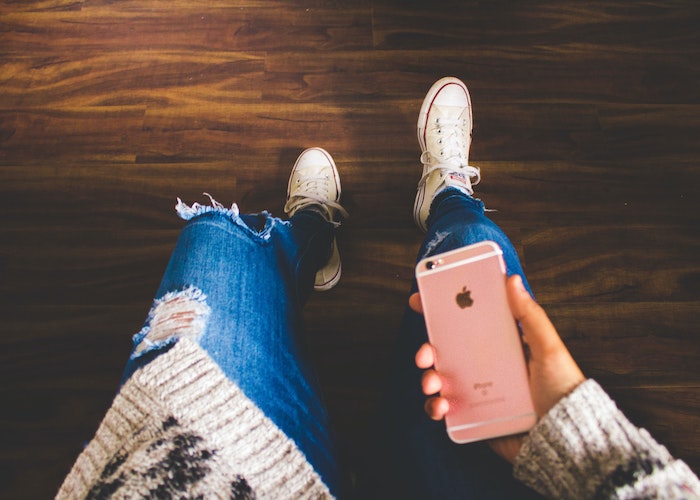4 Rules For Buying Expensive Investment Pieces When You’re A Cheapskate At Heart
Psychologists define it as the guilt complex: the obsession with the idea of having done something wrong. I suffer from it, more so after shopping than any other time. See, I like — no — love expensive things. It must be my affinity for quality, or at least the perception of it.
There is no greater guilt trip that I’ll take than after a fashion spree, which is why I’m so quick to get rid of price tags — I don’t have to squirm whenever I read those finance blogs that illustrate how the money I just blew on a handbag, when invested at 10% per year, could have made me a millionaire by x amount of years. I also get rid of them so my guilt trip doesn’t lead me to returning the items. It’s pathetic, but I’d rather be sad in the comfort of my expensive items than living free of guilt without them. Don’t judge!
As with all negative emotions, true transformation begins as soon as the victim makes the decision to break free. I had reached this point. To release myself, I decided I would shift my paradigm regarding my expensive habit. Instead of viewing the purchased items as a waste of hard-earned money, I would view them as investments. Exchanging this negative view for a positive one would keep the guilt-complex at bay, thus making me shop less. No, I’m not making any of this up. There’s a science to this. According to Hale Dwoskin, New York Times best-selling author of The Sedona Method: “Guilt frequently triggers us to do, or to continue doing the exact same things that we believe we’ve already done wrong — again as self-inflicted punishment. It is one of the main causes of actions that we later regret.”
In changing my perception, I now apply some of the wisdom I’ve gathered to choosing investments when buying expensive clothes. With the help of two of the top-selling assistants at the globally renowned DvF store in Soho, New York, Niya and Fania, I’ve gathered the four main investment philosophies that one can apply when purchasing investment clothing items (no matter what makes up your personal definition of “investment items”):
1. Invest for the long term (seeing beyond trends).
Fashion is exciting because there’s always going to be something new that comes up. But we can’t always keep up with the latest trends. Unless, of course, one has a never-ending supply of funds to keep them going. Even so, it is so easy to get carried away by the latest fashion trends. Niya adds, “Sometimes we get excited and say ‘Oh my gosh I love this neon green tote bag!’ Which is great, but how many times am I going to wear it? Sometimes it’s nice to splurge and ‘be in the now’ and kind of feel very current. However, you’ve also got to thing logically.” Buying expensive, trendy items is something that should be done with caution — you could end up spending a lot of money and then have things sit in your closet that you are never going to wear. You’ll have wasted money you could’ve invested in something else. Defeating the urge to conform to trends comes with growth and financial maturity.
2. Think legacy.
How many of us hold on dearly to items inherited from our parents, grandparents or even great-grandparents? This is the benefit that quality clothing can afford you: the prospect of one day having your style (good or bad) live on through your items passed on to younger generations. “With things like those, we have the iconic DvF wrap-dress — which Diane designed in the early 70s but is still one of the main items being sold in the store,” says Fania. Niya agrees, adding, “Because it has been a historical fashion piece, a lot of people do have the thought process that this is something they want to save. We even had a girl come in the other day, she was actually wearing the wrap-dress which looked very familiar but we all couldn’t identify why we recognized the dress so much. But it was actually her mom’s from like 10 years ago.” Keeping that generational aspect in mind when buying expensive adds the sentimental aspect to your investment.
3. Get your money’s worth.
This incorporates spending more on versatile items that you can form numerous outfits from. Aside from staple fashion items (black jackets and trousers, etc.), if you are going to try something more on the trendy side, both versatility and good quality are important factors. The higher the quality and versatility, the better an investment the item becomes; the money you spent widens. This is ideal if you are going to spend a large amount on an item — you’ll rest assured that you will be getting your money’s worth.
4. Buy things that make you feel wonderful.
According to Niya, the clothes you shop for should not only focus on the aesthetic but also the company attached to it — how it makes you feel emotionally. “That is why most people shop within a brand like DvF,” she adds. “They not only connect to the clothing pieces, but they also connect to Diane as a person. Because she’s super transparent, she has told her story and she has made people to aspire to be something but also to be themselves — which is all part of her mantra.” So buy something that is wonderful and looks wonderful on you (very important). But also, and more importantly, the clothing should make you feel wonderful, especially when you associate or relate that brand to who you are, how you see yourself, or who you aspire to be.
We are so prone to view expensive fashion items as the enemy of good financial sense, which is probably the main reason behind my guilt complex. But merging the two concepts in a complementary manner helps me change this view, and most importantly, boot big bad guilt out the front door.
Cikida Gcali is the Managing Editor of TheMoneyFam.com. She is currently pursuing a Masters in Petroleum Engineering at the University of Tulsa in Oklahoma, through a flagship Fulbright scholarship. She’s a self-determined “Nerd Rocker.”
Image via Unsplash





